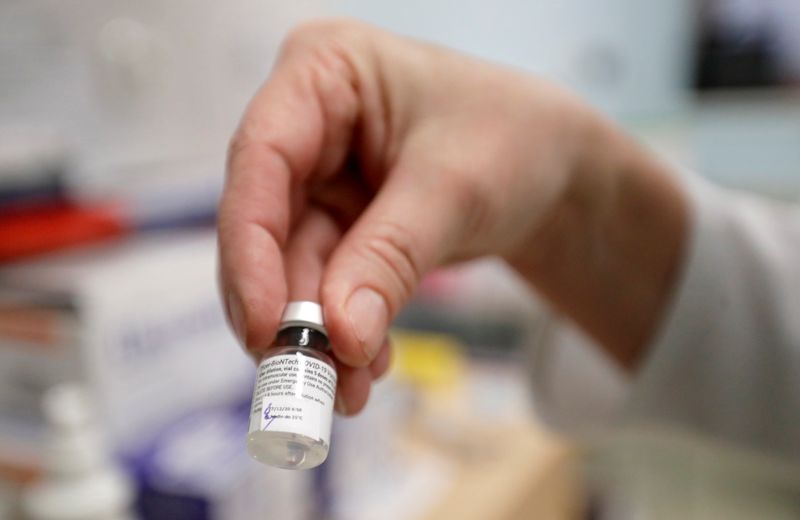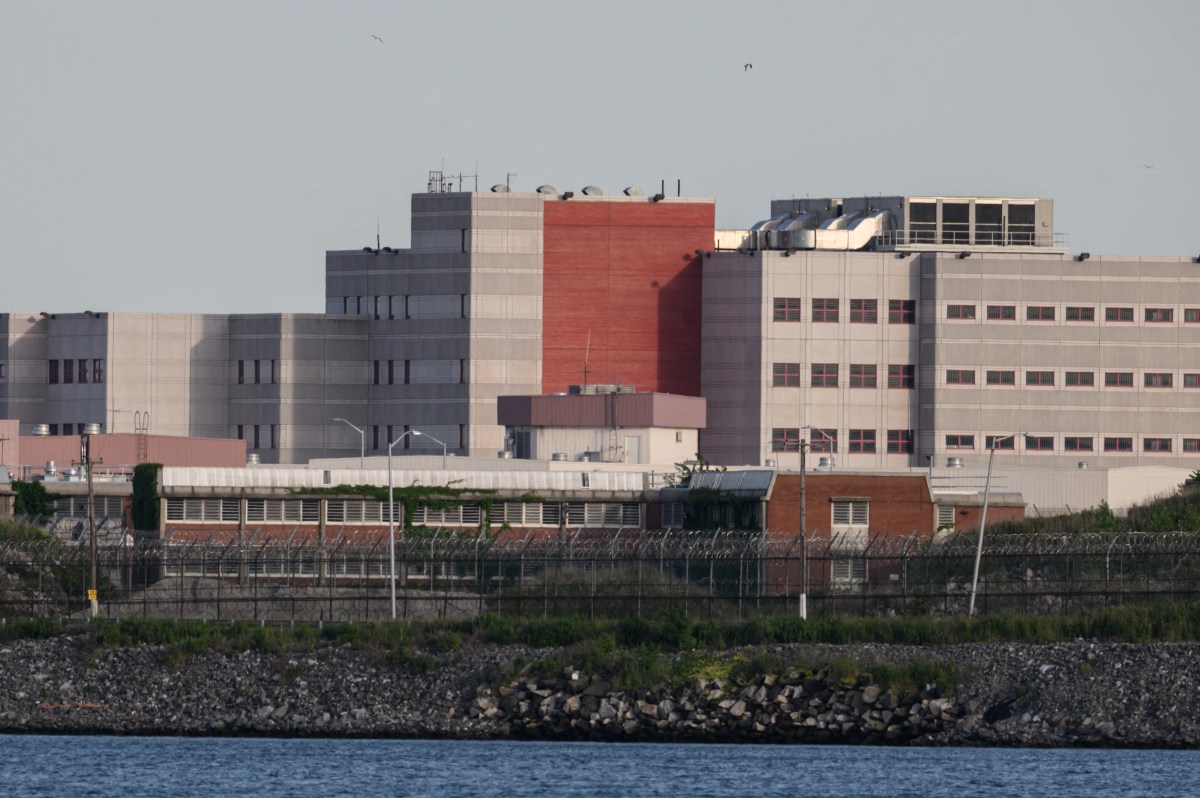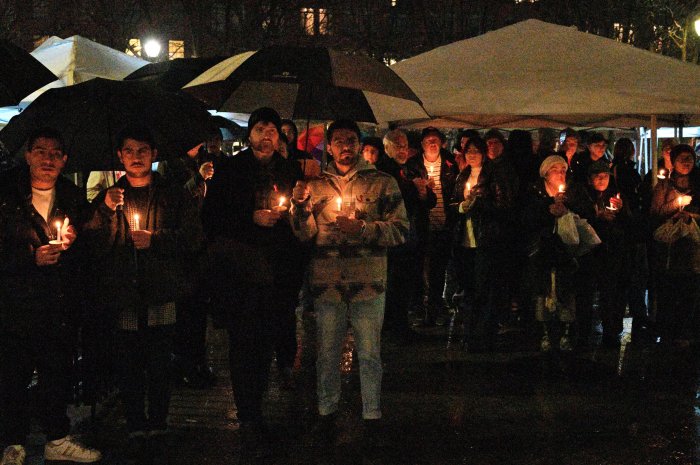PRAGUE (Reuters) – The Czech Republic has allowed the squeezing of an extra dose from COVID-19 vaccine vials supplied by Pfizer and BioNTech, taking advantage of a reserve amount put into the vials by the maker, the Health Ministry said.
Under standard rules, five doses can be drawn from each vial, but experts have said that, with the right needle and syringe, is possible to obtain a sixth or even seventh dose.
Prime Minister Andrej Babis asked the European Commission earlier this week to allow use of the extra amount as European Union countries ramp up vaccination campaigns that began just after Christmas.
Italian regulators have already approved the drawing of six doses, overriding guidance from the European Medicines Agency (EMA) for the bloc as a whole.
BioNTech said on Monday it was in discussion with regulators on whether a sixth dose could be approved. Responding, the EMA said it had asked the company to submit data showing that six doses can be reliably extracted.
The EMA said it expected the company to submit a request for change in the coming days, which the responsible committee would assess rapidly.
“If the (committee) finds that six doses can be extracted reliably, it will recommend a change to the current terms of the authorisation,” the EMA said.
The vaccine, made by Pfizer of the United States and the German biotech startup BioNTech, is the only one so far with EU approval.
The Czech Health Ministry said in a ruling dated Dec. 29 that, in divergence from the vaccine’s EU registration, it was temporarily allowing extraction of the extra dose, on condition that the regular volume of each dose was strictly observed.
It said that the extra dose must be available in an individual vial, meaning that material from more that one vial cannot be mixed.
The Czech Republic reported a record high 16,329 daily new coronavirus cases on Tuesday, the Health Ministry said on Wednesday.
The central European country of 10.7 million has been one of the worst hit in recent months, with its total number of detected cases reaching 701,622, and 11,429 deaths.
(Reporting by Jan Lopatka and Josephine Mason; editing by Louise Heavens, Douglas Busvine and Barbara Lewis)





















